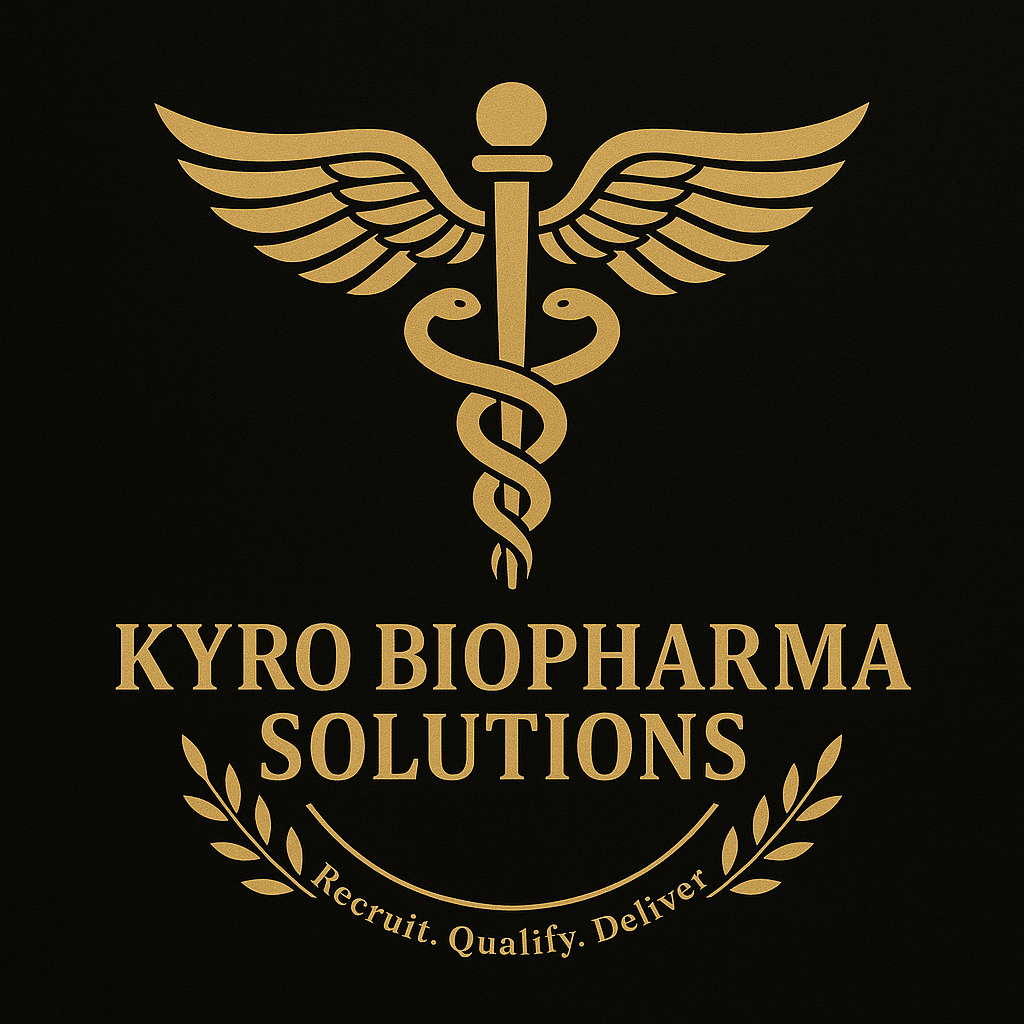Manufacturing Oncology Drugs and the Equipment Used
- KBPS Newsroom

- Oct 12
- 4 min read
The fight against cancer continues to be one of the most pressing challenges in the pharmaceutical industry. As advancements in technology and biochemistry develop, the landscape of manufacturing oncology drugs evolves. This blog post will explore the technologies, processes, and recent trends in the manufacturing of oncology drugs, emphasizing the equipment that plays a crucial role in this complex industry.
Understanding Oncology Drug Manufacturing
The manufacture of oncology drugs involves several intricate processes aimed at producing safe and effective medications for cancer treatment. These drugs are typically classified into two categories: small molecules and biologics. Small molecules are often chemically synthesized, while biologics are derived from living cells.
The manufacturing processes for these two categories vary significantly. For small molecules, the process often includes chemical synthesis, purification, and formulation. For biologics, the process is more about cultivating cells, harvesting biologics, and then purifying them through various techniques.

Both processes demand high precision and adherence to regulatory standards, ensuring the drugs are safe for patient use.
Technologies in Oncology Drug Manufacturing
Recent advancements in technology have transformed how oncology drugs are produced. Here are some notable innovations:
Continuous Manufacturing: This emerging technology allows for a streamlined production process. Unlike traditional batch manufacturing, which focuses on producing drugs in large quantities, continuous manufacturing enables a steady flow of materials through the production line. This not only speeds up the process but also reduces the risk of contamination.
Single-use Technologies: Many manufacturers now prefer single-use systems for various processes, such as cell culture and product storage. These systems minimize the need for cleaning and reduce the risk of cross-contamination. They also offer flexibility, as they can be used for multiple products without the need for extensive validation.
Automation and Robotics: Automated systems are becoming increasingly common in manufacturing environments. Robots can handle tasks such as filling vials, labeling, and packaging. This not only enhances efficiency but also reduces human error.

Advanced Analytics: The implementation of big data and analytics in the manufacturing process allows for real-time monitoring and adjustments. By collecting data on production processes, manufacturers can identify inefficiencies and optimize their operations accordingly.
Key Equipment Used in Manufacturing Oncology Drugs
The specific equipment used in the manufacturing of oncology drugs can be highly specialized. Some of the essential equipment includes:
Bioreactors: These vessels allow for controlled biological reactions necessary for the growth of cells. Bioreactors are crucial in the production of biologics, where they create an optimal environment for cell cultures.
Chromatography Systems: Chromatography is a vital technique for separating and purifying components from complex mixtures. In oncology drug manufacturing, it helps purify active pharmaceutical ingredients (APIs) and ensure that final products meet quality standards.
Lyophilizers: This equipment is used to remove moisture from drugs, stabilizing them for longer shelf life. Lyophilization, or freeze-drying, is prevalent in biologics that are sensitive to heat.

Industry Trends Impacting Oncology Drug Manufacturing
The landscape of drug manufacturing is constantly changing. Here are some industry trends currently influencing the production of oncology drugs:
Personalized Medicine: There is a growing trend towards creating personalized treatment regimens for cancer patients. This involves manufacturing drugs tailored to the genetic profile of individual patients. The demand for personalized medicine requires flexible manufacturing processes and technologies capable of producing small batches of customized drugs.
Regenerative Medicine: Advancements in regenerative medicine have led to new treatments involving stem cells and tissue engineering. The manufacturing of these specialized products requires equipment that can handle unique biological processes safely and effectively.
Sustainable Practices: The pharmaceutical industry is under increasing pressure to adopt sustainable practices. Manufacturers are exploring greener alternatives, such as reducing waste through better resource management and utilizing renewable energy sources in their production processes.
By embracing these trends, the industry can improve not only the efficacy of cancer treatments but also the overall sustainability of manufacturing processes.
Best Practices for Effective Drug Manufacturing
For companies involved in the production of oncology drugs, adhering to best practices is crucial for success. Here are some actionable recommendations:
Invest in Quality Control: Implementing rigorous quality control measures is essential. Regular testing of both raw materials and final products can prevent issues down the line.
Maintain Compliance: Staying compliant with regulatory standards is vital. Companies should familiarize themselves with guidelines from organizations such as the FDA and EMA to ensure their products meet safety and efficacy requirements.
Seek Continuous Improvement: Encouraging a culture of continuous improvement within the organization can lead to innovations in manufacturing processes. Regularly review operations and seek feedback from employees to identify areas for enhancement.
Train Workforce: Investing in employee training ensures that staff are well-versed in the latest technologies and best practices. This not only enhances productivity but also helps maintain high standards in drug quality.
Looking Ahead: The Future of Oncology Drug Manufacturing
The future of oncology drug manufacturing is filled with promise, driven by ongoing research and technological advancements. As personalized medicine and regenerative therapies gain traction, the need for efficient and adaptable manufacturing processes will only increase.
Manufacturers are encouraged to keep pace with these changes and invest in technology. The role of modern equipment and innovative processes will be pivotal in their ability to provide effective treatments for patients.
Moreover, as the industry moves toward more sustainable practices, the incorporation of eco-friendly technologies will become increasingly important—both for regulatory compliance and for meeting the expectations of consumers who prioritize sustainability.
In summary, as the fight against cancer evolves, so must the methods and technologies utilized in drug manufacturing. By focusing on innovation and best practices, we can enhance the production process, ultimately leading to better outcomes for patients battling cancer.




Comments